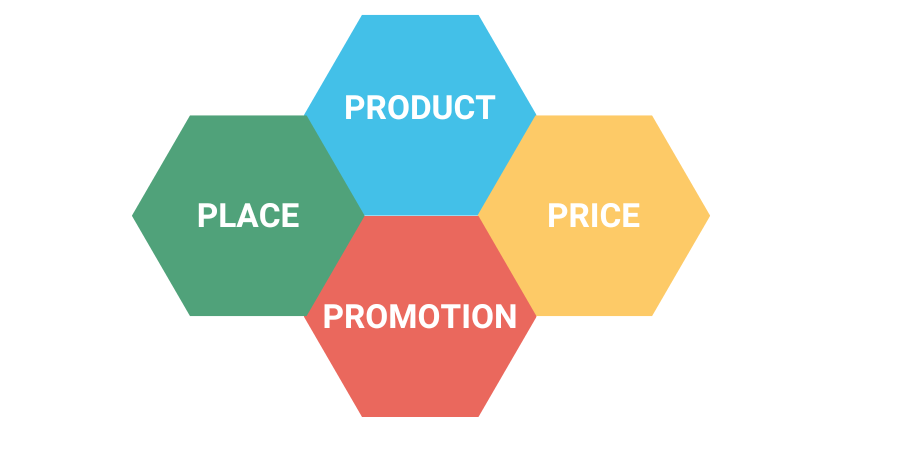Googleplex is called the headquarters of Google Inc. You can find a few important dates, facts and figures here with us! ... Continue reading


Unfortunately, the term “marketing” is too often equated with the term “advertising”. However, this is not correct. Marketing is about getting your message out to your audience. It includes advertising, public relations, direct mail and other forms of communication. Marketing creates awareness of your brand and its benefits. It’s about building a relationship with your customer base and it helps you understand who your target audience is and how to reach them.
The marketing mix is often also described with the 4 P’s:

These four elements are used together to describe the different ways a company markets its products.
You know best which product and which service you offer. Product policy is about clearly highlighting your USP for the customer. What customer need do you want to awaken and fulfill?
This is about everything that is important in shaping the price of your product and service offerings. This includes all the factors that influence the pricing of your offering, including your own profitability threshold, your target audience’s willingness to pay, market standards, and competitors’ prices. You will also find that the USP plays an essential role here, because the price of your product also conveys its own message.
In this point you consider what is important for the distribution of your product or service. Where should you concentrate your efforts? Which channels do you use? Is there an optimal channel to reach your target audience? Should you go offline or online? What is the best way to reach your customers? All these questions are related to the distribution policy. For example, if you are selling a physical product, you need to consider whether to sell it through retail stores, direct sales, or both.
Within the scope of the communication policy, you determine how you want to present yourself and your offer. Here you choose the right marketing channels and the content that should be shown there. It is important for you to consider the general communication style of your company for every promotion.
Marketing strategies should always start with defining your goals and your target audience must be clear.
What do you want to achieve? How do you want to communicate with your target audience? What tools will you use? – These are all questions you need to ask yourself in order to develop your marketing strategy:
At the beginning of your marketing strategy, you should set yourself a clearly defined goal. To avoid setting yourself a goal that is far too ambitious and then being disappointed, the SMART principle for goals can help you. Define your intention as follows: specific, measurable, attractive, realistic and scheduled.

The right choice of target group is the be-all and end-all for your marketing strategy. Try to put yourself in the shoes of your target group and analyze their needs.
Find a guide to target group analysis here 😊
Depending on the type of business or industry, marketing messages are often very different. Discount retailers may use different messages than sports car manufacturers or PC service providers. These differences are due to customer needs, even though they may seem similar. Customers who care about price focus on price, while customers who care about features focus on features. Therefore, tailor your marketing message to your customers.
After you have formulated your marketing message, it needs to be communicated to the target audience in an appealing way. Now it’s time to choose the right marketing tools. Of course, you should combine them in such a way that you achieve the marketing goal you defined at the beginning. Depending on the customer group, you can choose a combination of online and offline tools or just rely on one of the two options.
The world of different marketing tools is large and very diverse. We have created a small overview for you here:
Online marketing tools | Offline marketing tools |
|---|---|
Your website | Flyers & Brochures |
Search engine optimization | Mailings |
Google Ads | Billboards & Banner |
Social Media Marketing | Posters |
Newsletter Marketing | Ads in newspapers & trade journals |
Content Marketing | Business Cards, Stickers & Giveaways |
Blog posts | Vouchers & Bonus Cards |
PR work in specialized portals | Vouchers & Bonus Cards |
No matter if you are online or offline. Your marketing tool will only achieve the desired effect if it is tailored to your customer group!
You want to learn more about exciting topics?

